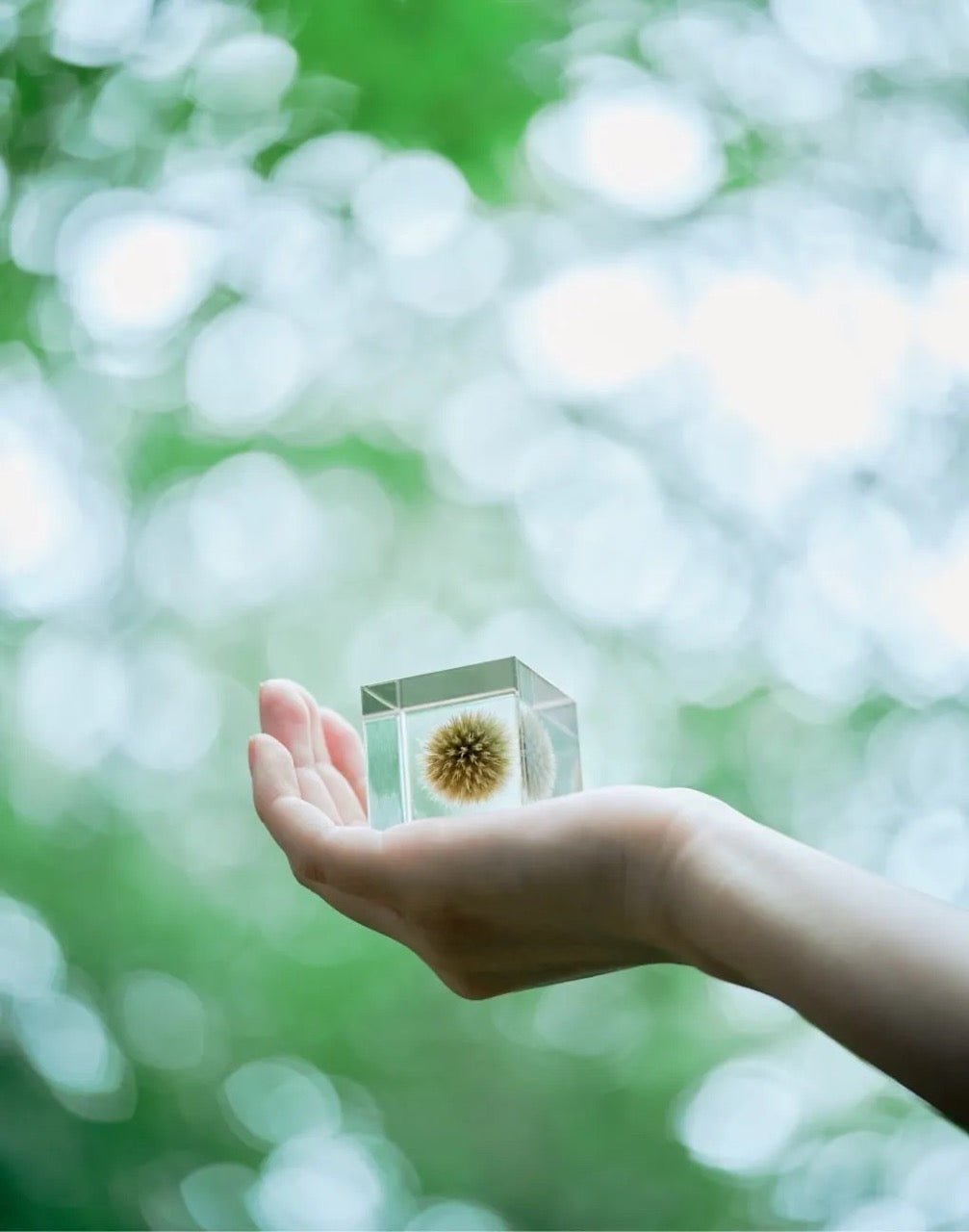
ET: Can you tell us about your upcoming exhibition and the art you're showcasing?
TM: My exhibition is titled "Walking in the Fog", and the work was created with the image of water molecules dancing in the air–which is what I feel on my walks in the quiet fog. I've had several exhibitions when I was living in Tokyo, but this is my first exhibition in America. I'm looking forward to expressing the images I've carried inside in an open physical space.

ET: How do you feel when you're making sculptural works compard to when you're making functional pieces for the home?
TM: Both are fun to make, but when I make sculptures I search for beautiful shapes that are different one by one. When I make tableware, it's the opposite kind of work where I see the beauty in creating matching shapes and seeking uniformity.

ET: Do you currently have a favorite piece of ceramic in your daily life right now?
TM: At home we use my tableware for our meals everyday, and most of them are the same tableware I bring to Tortoise. I pick and choose my tableware pieces according to the menu. The tableware I make always comes from the place of thinking, "I wish I had something like this" and if what I create works in my own daily life, I choose to introduce it in the work I bring to stores.

ET: How do you approach your work? Do you draft on paper first? How much of your work is planned and how much of it is unplanned?
TM: While I draw images that come to mind on paper first, there are physical limitations such as the firing process, so I have to consider whether it's possible to make and if so, which method to use... It's interesting to see the process of creating a beautiful image in your mind first and bring it to life as a real object, all while quietly touching the clay. Rather than thinking about creating a new design, I often start designing with the idea that "it would be nice to have something like this". So I don't spend a lot of the time designing, but then maybe I'm always thinking about design in my life, so it's hard to see the separation there. In the design process, we start the actual production after considering the shape, usability, production process etc based on the image I have in my mind. I rarely decide on a design while working with clay. However, I do always proceed with the production of the scenery or image that comes to my mind first.

ET: Your tabletop vessels are created on the wheel, but your sculptural pieces feel more hand-built. What's the process for creating your art pieces? What is the most challenging part of the process?
TM: Yes, my pieces for this art exhibition are hand-built. I use a method that's called tatara-zukuri in Japanese. It's a method in which the clay is stretched into a board and assembled. The most important thing is to adjust the clay to the right degree of dryness so that it does not crack in the process. 
ET: Are there any new kind of works you want to create in the future? What do you see for the future of Tomoro Pottery and you as an artist?
TM: To put it almost too simply–I felt like making these new works, so I proceeded with making them. Even with tableware, I often make what I want to make the day that I think to make them. I don't think this type of creating and making will change for me in the future. I never want someone to eat their meals off of ceramics where the artist behind them was struggling or stressed. The taste of an egg depends on the happiness of the hen, and like the egg, I want the people who use my pottery to enjoy them knowing I made them comfortably and feeling relaxed. As an artist, I still don't know how to recognize myself as one. I feel that I'm simply the person who makes what I like. That is my way.
--



